Say Hello!
Sign In
- Trekking Tips
How far can a child hike and how much they can carry
When it comes to children and hiking, people often have various questions regarding the trekking gears, limitations, would their child be able to endure the trek and the biggest question of all, how far can they climb?
Now when it comes to family treks with kids or exclusively children treks, it becomes a necessity to ensure that the trekking destination is according to child?s levels and something they can call an adventure. Children who get a chance to trek on these enchanting trails get so much learning and thrill, it isn?t just a playful adventure but a great learning experience.
For a lot of Treks, parents complain about the trek being too long, or too much for a child. It has been observed that mostly school going children can go up to about 8 km that is also if you comply to their pace, with breaks in between and snacks and water are to be consumed frequently. Also, please make a note, children are much more energetic and fast-paced than adults, so there is a good chance that your child will be in the lead with the trek leader while you try to catch your breath at the end of the group.
When we talk exclusively of toddlers, it is seen that they can at the most walk for 3 to 4 km and the rest of the journey is mostly children carried by parents, some people also prefer to hire a Sherpa, they take care of the children, carry them and you can enjoy the trip without worrying about your toddlers. It doesn?t matter how far the trek is, what to experience and learn along the way is what happens, toddlers find everything exciting and it can be a cause of the problem, because there are many harmful and poisonous plants all over the trail, one also has to be cautious of the wild animals, especially small insects who have a harmful bite and can cause a great cause of worry for all. Another thing to note is, children have the habit of wandering off and looking at unique things during the trek, therefore it is advisable to get them bright fluorescent or neon shades of clothes so that you can spot them from afar.
As children get older, so does their endurance and agility to trek, you can easily say children 8 years and above can travel up to 16 km with ease, they may even get more engrossed in the trek than parents and lead the way in some cases, either way, your child will develop a love for trekking if you ensure everything is working in their favor and they are not cribbing most of the time.
HOW MUCH WEIGHT CAN A CHILD CARRY?
Medical research will say a child can carry about 15 to 20% of their body weight, but it is a very generic number and some may not be able to carry even 10% of what their body weight is and some may be able to carry more.
One thing that is constant for all carrying backpacks is that weight slows you down, the heavier your backpack the more weight you?ll have to carry around which will directly affect your walking pace.
Children who start trekking from a very young age of about 3-4 may find trekking to be a little exhausting so it is very important to keep them occupied with some of the other tasks at hand, that is why hiring a Sherpa is necessary, they carry the child and also keep them engrossed with some playful activity or other.
Children falling in the age group of 4 to 7 can carry around 1 to 2 kg, so similar to toddlers, they could carry a water bottle, snacks and a light fleece jacket in their backpacks, make sure their backpacks are of the proper size and fit their back perfectly, companies wholly dedicated to making travel backpacks like Wildcraft and high Sierra provide a lot of options in sizes and colors. If the children carry water on their own, they will realize the benefits of staying hydrated all the time, they will acquire this habit and will always remember to sip water after small intervals.
For teens they can easily carry about 15% of their body weight, so to make sure that they are carrying the right amount and are not harming their backs, buy a backpack in proportion to their height, don?t pass them down your own rucksack or backpacks, it is not meant for kids, also backpacks should be according to the height and weight of the child. Give them an opportunity to pack their own bags as well. If they pack their bags on their own then they will get a sense of adventure even before it has begun, they will know where they?ve kept what and will be independent and responsible for their own survival and needs.
If they get the hang of hiking then it is a great opportunity to send your kids on their own camping trips and they can also accompany you on tougher treks, it could be an annual family thing.
The bags should be of proper height and well-padded shoulder straps add support to the children and help them carry it better. Adolescents can also use the hip belt to maintain balance and reduce neck and shoulder strain.
If you see the backpack weighing more than 10 to 15% then you have to decide what to take and what to leave behind, and it is necessary because as it is the backpack slows down the speed, additional weight will only slow down more and cause trouble in the child?s pace. But it is equally important to have all the necessary things in store, the weather changes rapidly in high altitude, therefore, carrying a poncho or raincoat is always preferred for the immediate safety of the child. Other than that, layers and proper shoes are important for children and know that whatever is necessary for you is necessary for them if you feel like removing a layer, then they might feel the same.
The only difference between you and a child is their height and pace, rest mostly they are strong enough to adapt to the weather and calamities of changing altitudes, just have faith in your children, be prepared, have all the important gear and equipment and most importantly, let them traverse the enchanting treks.

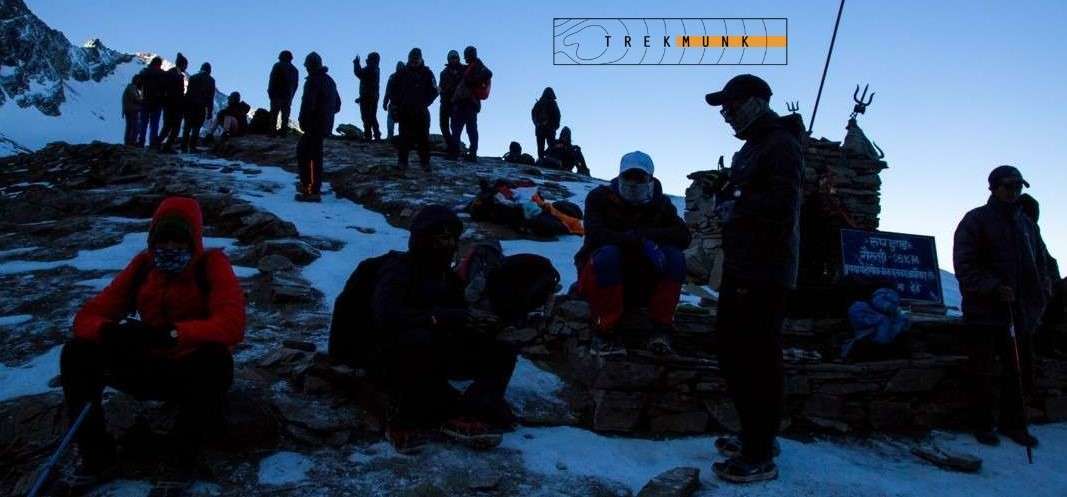
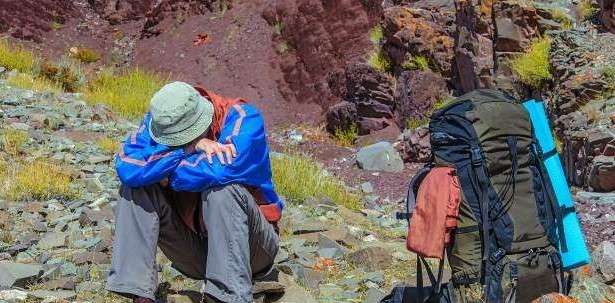
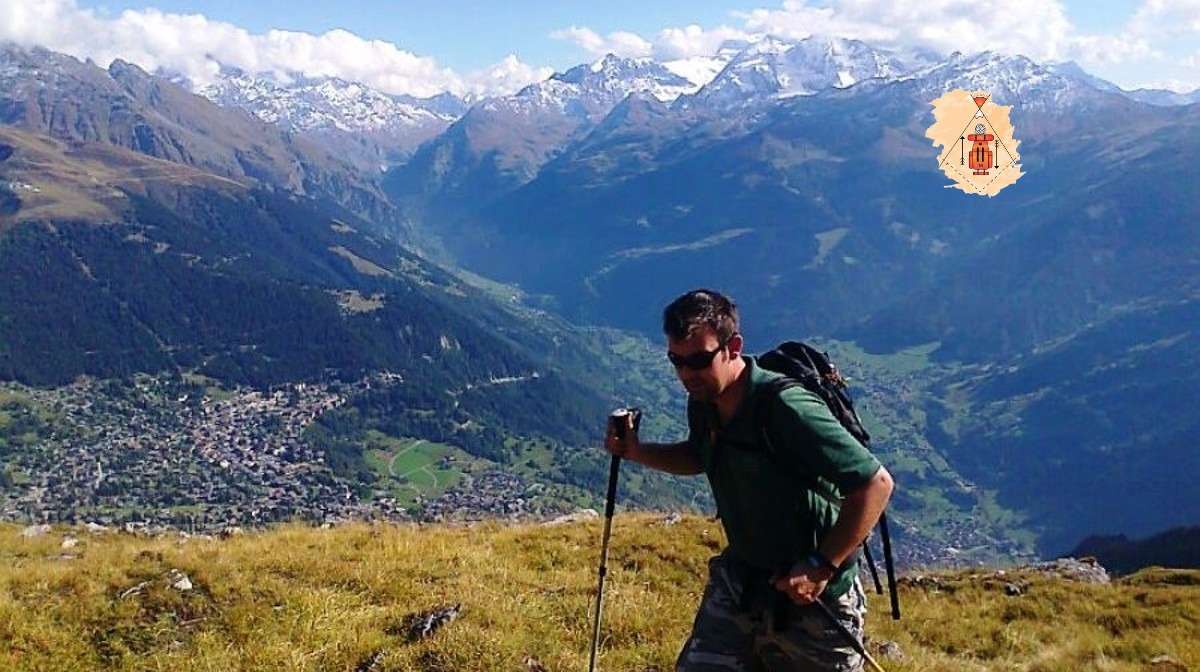
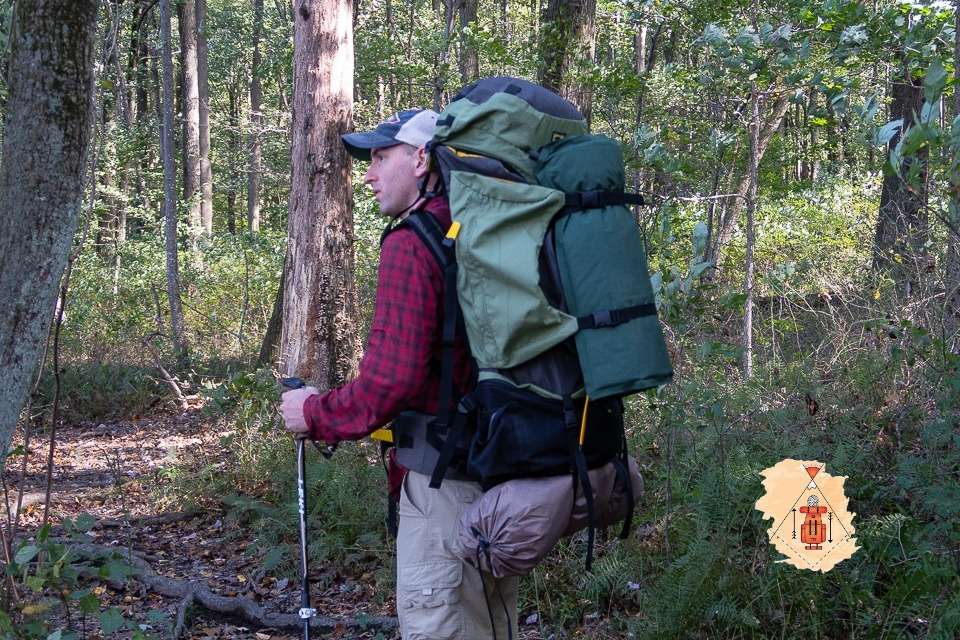
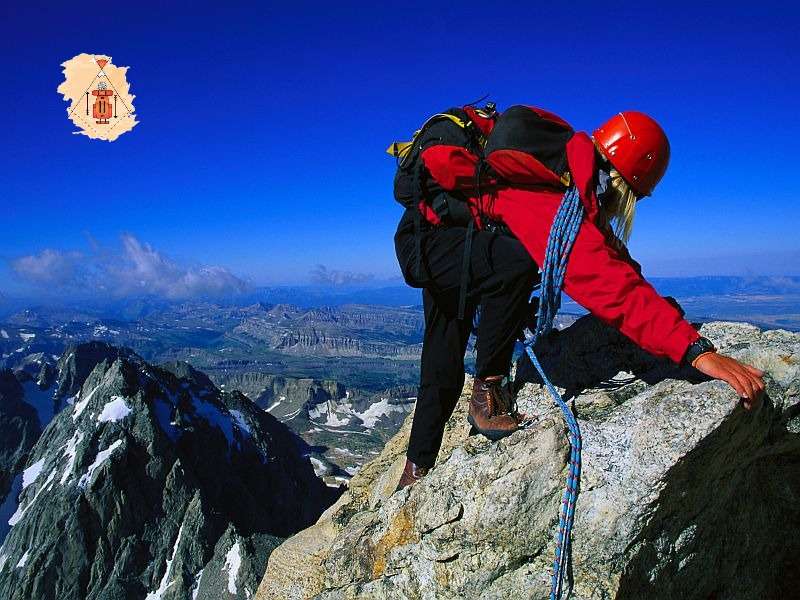
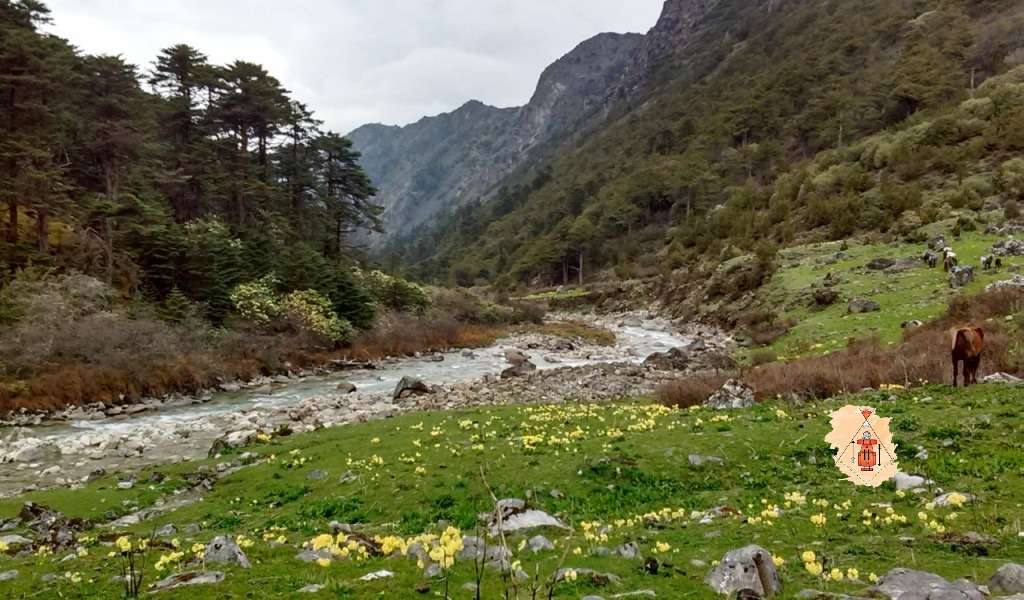
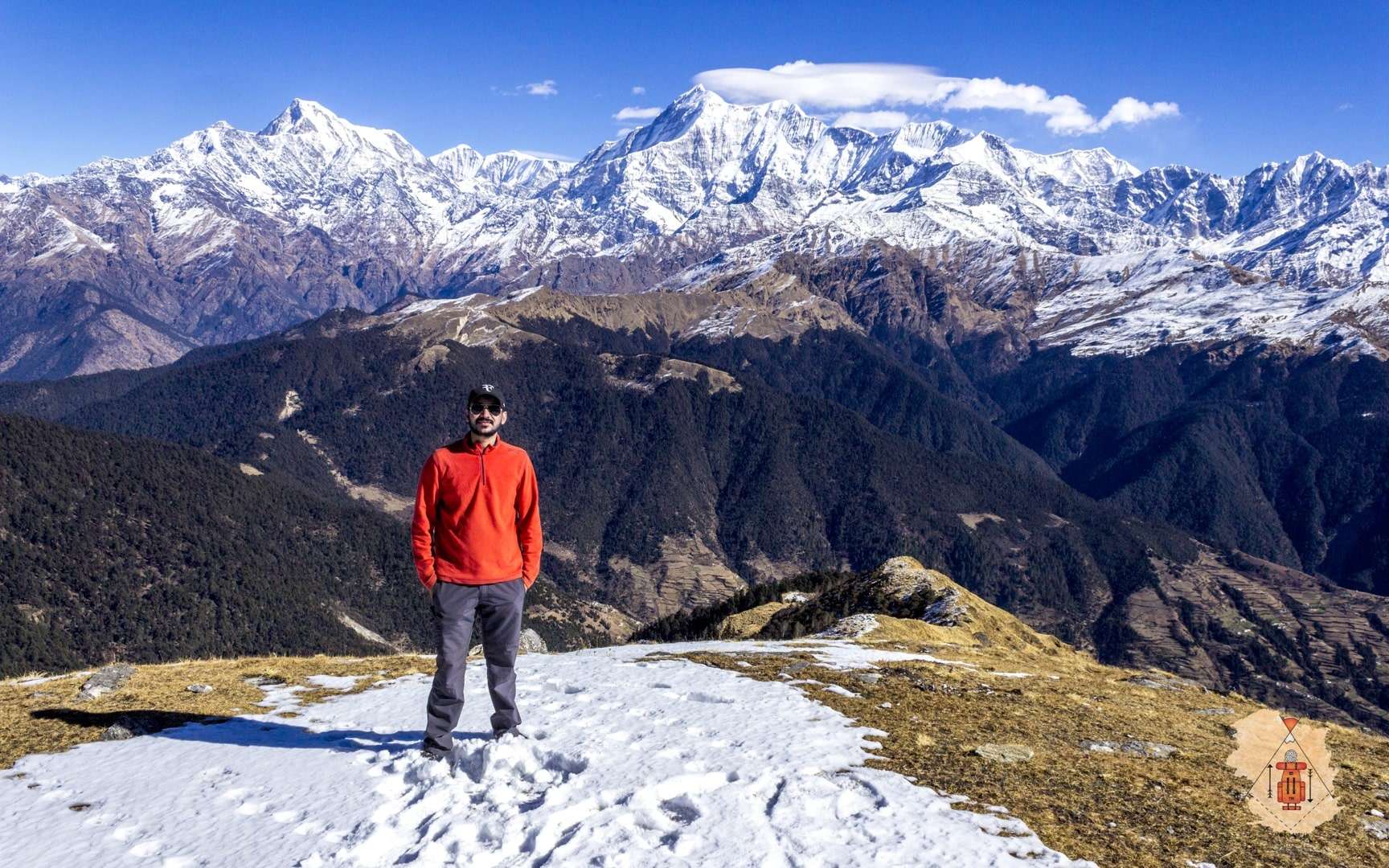
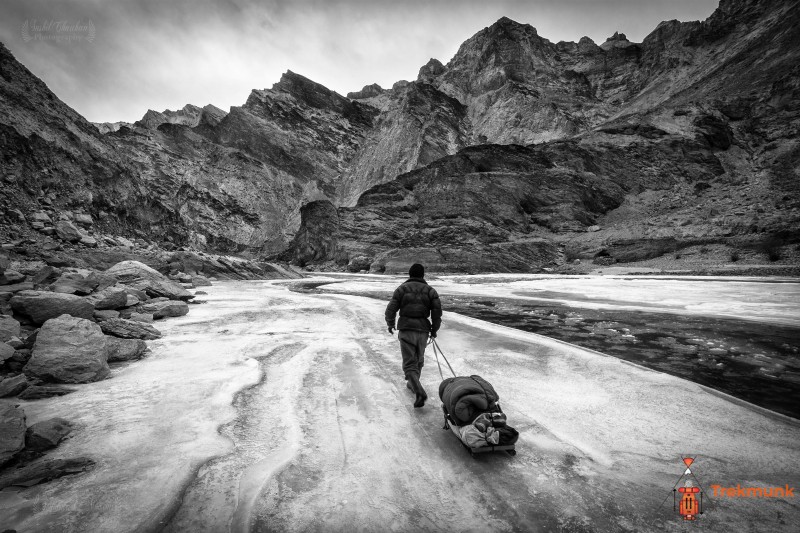
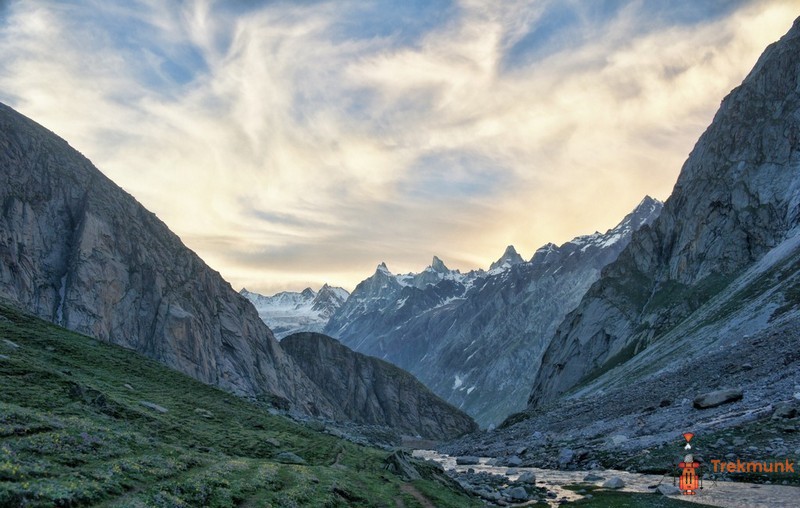
Harshit Patel : Co-Founder at Trekmunk. A certified Mountaineer, Skiier, has led more than 50 high altitude treks in the Indian Himalayas. He is an Engineer by profession but a traveler by passion. He has led treks in Kashmir, Ladakh, Uttarakhand, Himachal Pradesh, West Bengal, Sikkim and Nepal. He is a NOLS certified First Aid Responder and has covered 185,000+ km on Motorcycle. A Poet, Drone Pilot and Videographer at Insane Traveller Productions.